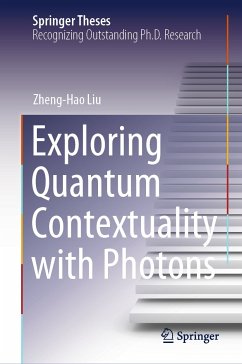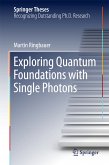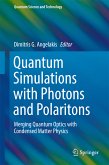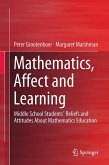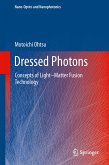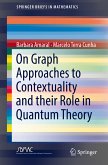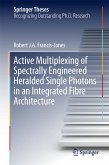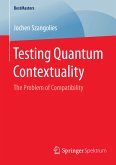This thesis highlights research explorations in quantum contextuality with photons.
Quantum contextuality is one of the most intriguing and peculiar predictions of quantum mechanics. It is also a cornerstone in modern quantum information science. It is the origin of the famous quantum nonlocality and various nonclassical paradoxes. It is also a resource for many quantum information processing tasks and even universal quantum computing. Therefore, the study of quantum contextuality not only advances the comprehension of the foundations of quantum physics, but also facilitates the practical applications of quantum information technology.
In the last fifteen years, the study of quantum contextuality has developed from a purely theoretical level to a stage where direct experimental tests become amenable. However, the experimental research on contextuality at the current stage largely focuses on direct validations of some most famous predictions of contextuality, while other forms of contextuality and its practical applications in quantum information science are rarely involved. The research in this thesis is committed to bridge this gap from two directions: (1) to construct and test stronger forms of contextuality and relieve the requirements of contextuality experiments on experimental platforms, and (2) to explore the connections between contextuality and the other concepts in quantum information science and directly demonstrate the application of contextuality in broader scenarios. Specifically, the thesis have discussed the research topics about the relationship between quantum contextuality and nonlocality, the "all-versus-nothing" paradoxes from quantum contextuality, the ore- and post-selection paradoxes from quantum contextuality, and the topological protection and braiding dynamics of quantum contextuality in quasiparticle systems.
Dieser Download kann aus rechtlichen Gründen nur mit Rechnungsadresse in A, B, BG, CY, CZ, D, DK, EW, E, FIN, F, GR, HR, H, IRL, I, LT, L, LR, M, NL, PL, P, R, S, SLO, SK ausgeliefert werden.

